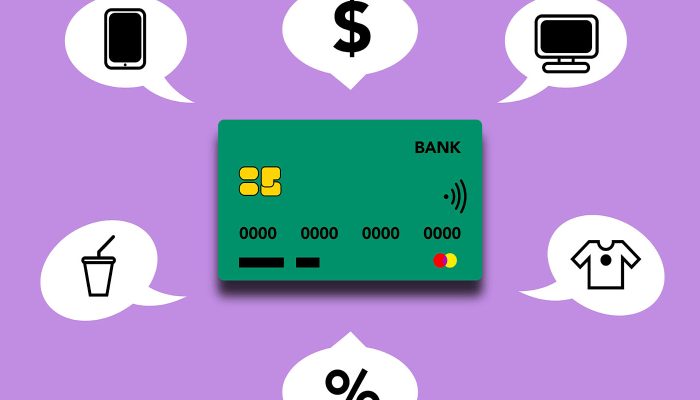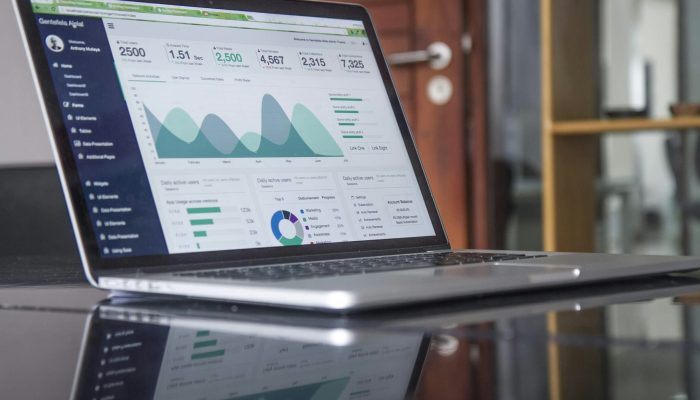The advancement of omnichannel marketing has presented eCommerce brands with a goldmine of opportunity. The resulting problem, however, can be choice overload when it comes to building a marketing strategy. It can be hard to know when your digital activity is on the right track, or how to shatter a growth ceiling when you’re struggling to scale.
Long-term, sustainable performance is achievable with the proper structure in place. While Google and Meta ads are excellent starting points, relying exclusively on these platforms to capture customers actively searching for your product isn’t a long-term strategy. For more on why this is, read our latest article on the theory of “diminishing returns of paid media”.
So to help you strategise and scale your brand’s growth, we’ve assembled seven golden rules:
1. Establish concrete goals
The first step to any campaign is to define your goals, as they’ll become the cornerstone of any decision you make.
We’ll use these throughout the article, so let’s set some example goals based on a typical marketing funnel:
- Awareness: Increase brand visibility by 30% over the next quarter
- Engagement: Boost social engagement by 25%
- Conversion: Improve online sales by 20% in six months
- Retention: Re-engage 40% of customers who haven’t purchased in the last three months
2. Target the right channels
Once you’ve established your goals, selecting the right channels for your brand becomes easier. It’s also crucial to revisit your audience data, to ensure alignment across the board.
Based on our examples from earlier, that could look something like:
- Awareness: Instagram influencer partnerships and targeted Facebook ads. Leverage consumer insights and engaging content to increase brand visibility.
- Engagement: Interactive content on TikTok and Instagram, focusing on user-generated content and contests to boost engagement.
- Conversion: Advantage Plus on Meta and Google’s Performance Max are the hot choices for driving sales and ROI. Supplement these with email marketing, driving personalised offers and optimising product pages for higher conversion rates.
- Retention: Segmented email marketing campaigns through the likes of Klaviyo. Offer exclusive deals and tease new product arrivals to improve retention.
3. Align channels strategically
It’s nothing new that your audience is present across multiple channels. Millennials and Gen-Zers, for example, have an average of 8.5 social media accounts. But these interactions aren’t in silo. The best reported response rates are a result of using 4 to 6 marketing channels to reach customers effectively. Additionally, 86% of shoppers usually engage with at least two marketing platforms before making a purchase decision.
Given the overlap across various platforms, it’s essential to maintain consistent messaging, visuals, and offers. This ensures you remain top of mind and aren’t confusing potential customers. For example, the promotions in your Klaviyo email campaigns should complement your targeted TikTok shorts, your Google ad should align with your YouTube content, and so on.
4. Implement your plan
It’s time to put your plan into action. This is an opportune moment to assess whether you have the necessary internal capabilities or if outsourcing is required. Should you opt to work with an agency, ensure that your goals are clearly communicated and consistently executed, particularly if multiple agencies are involved.
A crucial element in tactical implementation is A/B split testing. This method, tailored to your goals, is a powerful tool in enhancing performance metrics. Despite its effectiveness, many brands overlook A/B testing. Leveraging this approach can provide valuable insights and significantly improve results, making it an essential component of your strategy.
5. Report throughout your campaign
Launching your campaign is the middle of your journey, not the end of it. Activity requires continuous optimisation, and effective reporting is the key to benchmarking your performance.
Each channel typically offers its own reporting tools, such as GA4 for Google Ads and Business Suite and Business Manager for Meta insights. You could use these individually. To take efficiency to the next level, it’s worth integrating these various reporting tools into a unified dashboard that simplifies the process.
This enables you to monitor metrics easily, as well as forecasting effectively, spot trends, and share progress with stakeholders. More importantly, it empowers you to make well-informed decisions for fine-tuning your campaign, ensuring ongoing improvement and growth.
6. Optimise as you go
As your campaign unfolds, let your reports guide your next steps. Pay close attention to metrics that indicate success or areas needing improvement. This is where the power of A/B split testing becomes invaluable. It allows you to double down on what works and cull what doesn’t.
When analysing your performance, focus on the details. Which keywords drive the most traffic? Which images and messages yield the highest click-through rates? This granular approach to metrics helps you make informed decisions about where to invest more or reallocate your budget.
If certain metrics are underperforming, you’re able to respond by making adjustments and retesting with refined elements to see how your results improve. If these efforts still don’t contribute to your goals, you can let them go and reallocate your budget accordingly.
7. Scale throughout
Scaling can be approached in two distinct ways: horizontally or vertically. Imagine your campaign on an axis, with the vertical being to increase your budget and the horizontal being to explore and increase your channels.
Vertical scaling is about finding the sweet spot where your activities yield the highest return. Once you reach the point of diminishing returns or have an additional budget, it’s time to consider horizontal scaling.
Both strategies have their unique considerations. Vertical scaling is more stable and straightforward to implement but can reach a peak. On the other hand, horizontal scaling can be more resource-intensive and unpredictable at first but ultimately presents the largest growth opportunity.
How do you know you’re on the right path?
If you’re making positive strides towards your initial goals, you’re making progress. If your campaigns aren’t performing, or growth is sluggish, it’s time to revisit the golden rules above.
Navigating the complexities of digital marketing in eCommerce demands a strategic, multifaceted approach. By adopting the seven golden rules, you’re equipped not only to break through growth ceilings but also to cultivate a resilient and adaptive eCommerce strategy. With these principles in hand, you’re well on your way to unlocking the full potential of your brand’s digital marketing potential.
Our seven golden rules strategy is the next instalment in our ongoing Long-Term Thinking For Sustainable Growth Series. Applying these principles is key to helping you drive traffic and achieve campaign success. Our team is here to assist you at any stage of your journey, from conducting a thorough strategy review or assisting with tactical implementation. If you’d like help, contact our team today.




